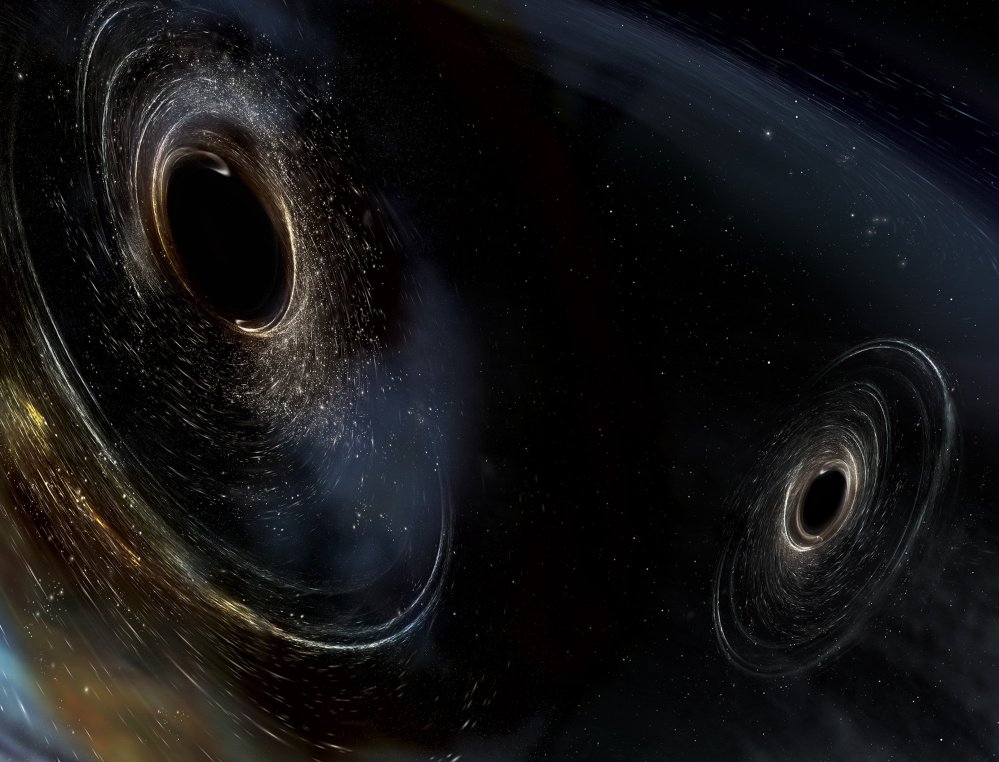WASHINGTON — Astronomers said Thursday they detected a ripple in the fabric of space-time, a remnant of a cosmic crash of two black holes 3 billion years ago.
This marked the third time in about a year that physicists, thanks to the Laser Interferometer Gravitational-wave Observatory, or LIGO, discovered gravitational waves from the violent death spirals of merging black holes.
These invisible ripples, first theorized by Albert Einstein, burst into science’s view to great fanfare in February 2016 after the new $1.1 billion international experiment went online.
The black holes identified in January were slightly smaller than those in the first detection, but they were much farther away, according to David Shoemaker, a research scientist at the Massachusetts Institute of Technology and spokesman for LIGO, an international collaboration involving more than 1,000 researchers.
Shoemaker said the latest discovery shows these waves can be anywhere in the sky and may be commonplace in the universe.
Two black holes, which likely were originally far apart, merged into a giant one – 49 times the size of the sun – sending an invisible wave rippling out. It traveled 3 billion light years until hitting twin detectors in Louisiana and Washington.
Send questions/comments to the editors.



Success. Please wait for the page to reload. If the page does not reload within 5 seconds, please refresh the page.
Enter your email and password to access comments.
Hi, to comment on stories you must . This profile is in addition to your subscription and website login.
Already have a commenting profile? .
Invalid username/password.
Please check your email to confirm and complete your registration.
Only subscribers are eligible to post comments. Please subscribe or login first for digital access. Here’s why.
Use the form below to reset your password. When you've submitted your account email, we will send an email with a reset code.